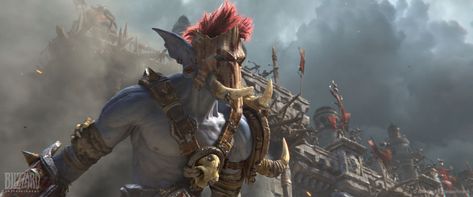Nightmask wrote: Again, there is nothing inherently evil about animating a corpse, WHY you animated it determines if it was evil or not.
That depends on the setting.
Since the
Necroscope setting has been mentioned, I'll use that as an example.
The main character, the necroscope,
talked to the dead. He'd communicate with them. That was his power.
The necromancer, though,
commanded the dead. It wasn't just his personality, that was his power; necromancy worked through enslavement. It was in the very nature of the power.
In Rifts, they don't really delve into this angle. They don't really explain how things work, nor what the implications are.
There may well be some leeway in this, because a lot of spells such as "Animate & Control Corpses" make no mention of any kind of implications or restrictions as far as alignments go.
Then again, the books clearly state (WBr, 100), "All necromancer characters must be one of the selfish or evil alignments. Necromancers of a good alignment are NOT possible!"
Which indicates that there is something inherent in the act of necromancy that is incompatible with being a truly good person, no matter what intentions are involved.
The books also clearly state (WB4, 99), "Characters of good alignment cannot practice death magic."
Again, this indicates that there is something about the practice that is incompatible with being good, that simply using the magic at all, for anything, is a violation of some kind beyond personal or social ethics.
Corpses aren't due respect, living breathing people are.
That probably depends on what you think that corpses
are.
If you think that there's no ties to the spirits of the dead, that there's no sentience attached, then what you say makes perfect sense (although some would, and do, disagree).
But if you think that there are still ties to the spirits of the dead, that doing things to the corpse affects the sentience attached to the body, that changes the picture.



